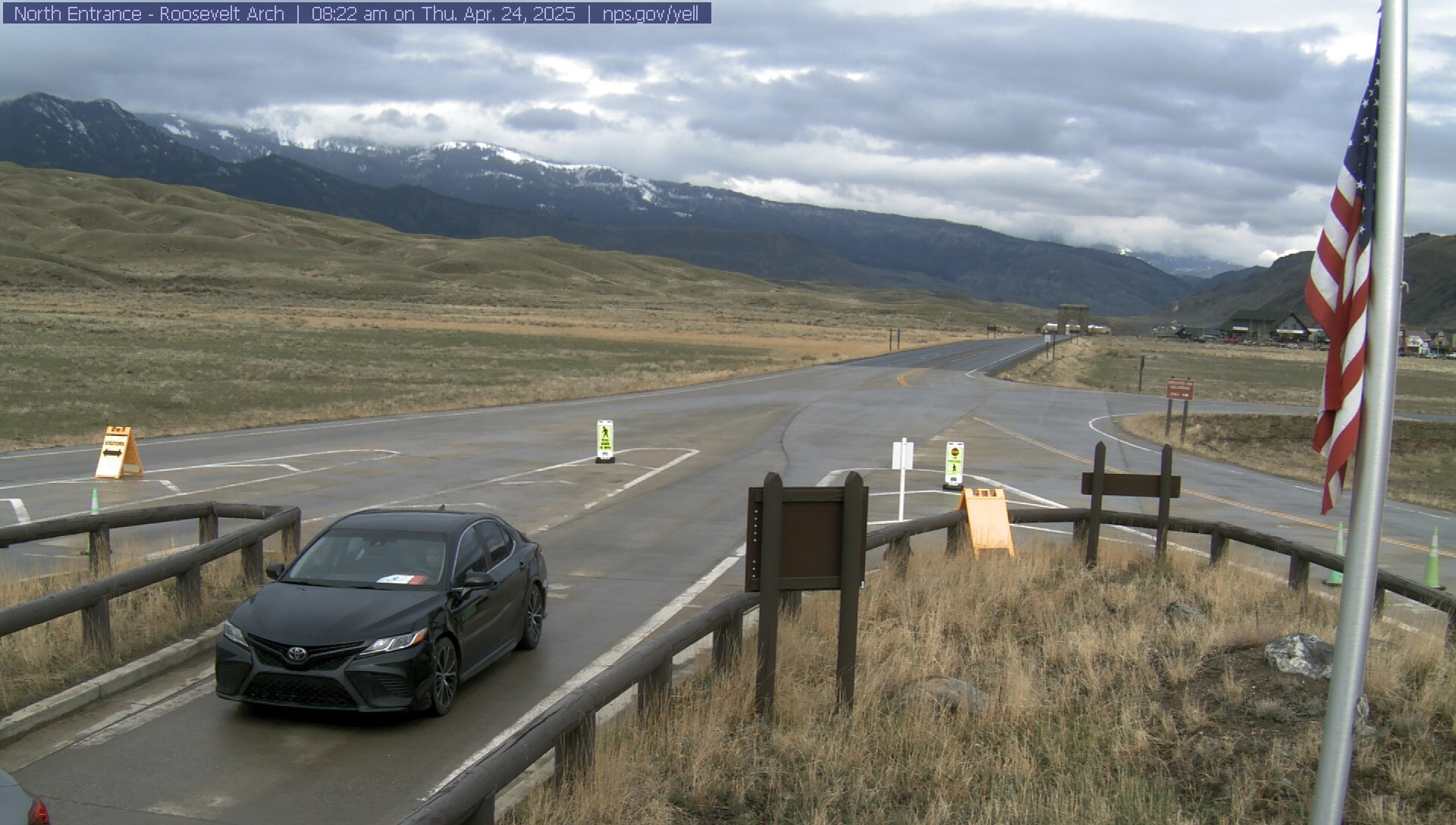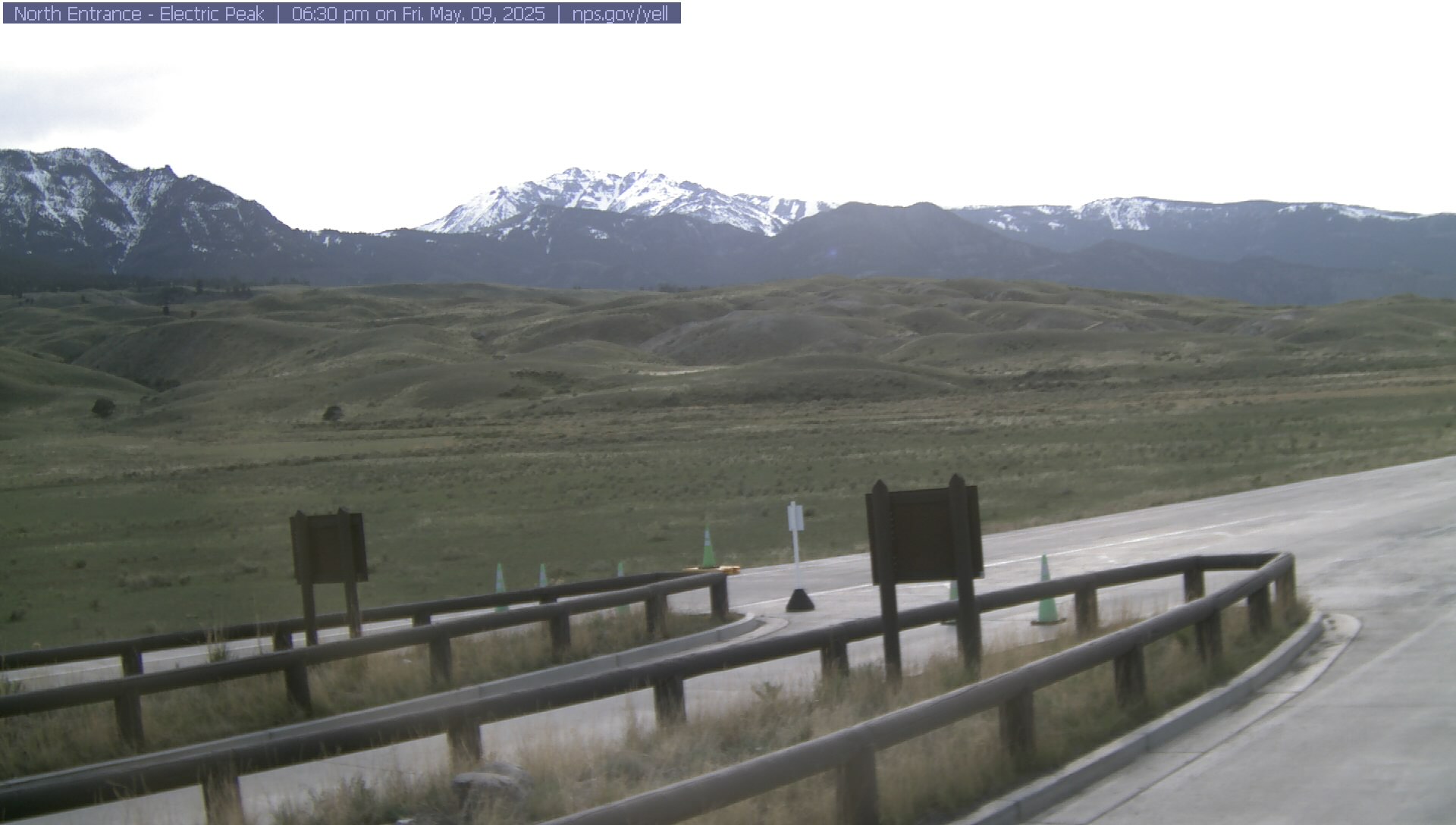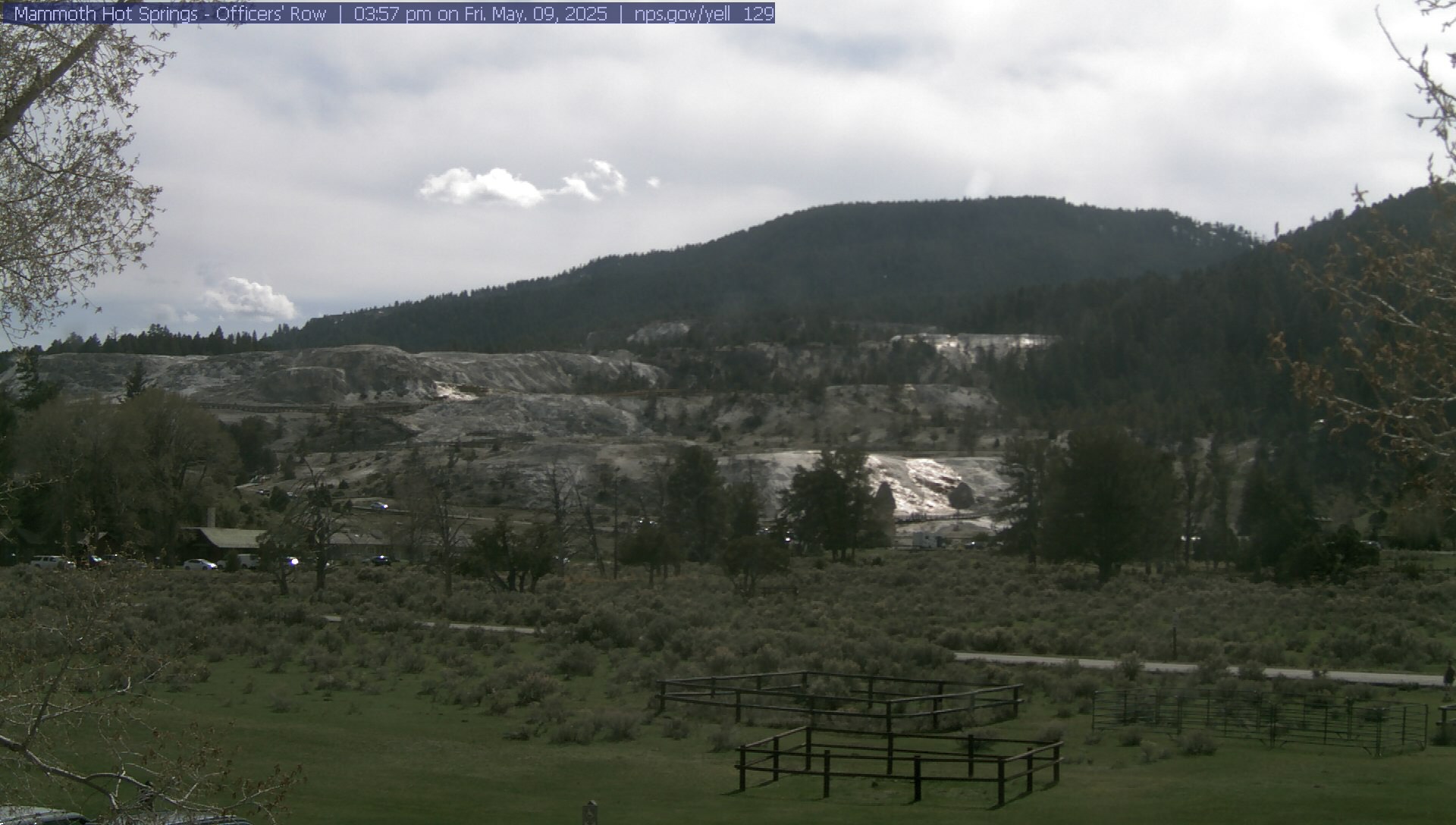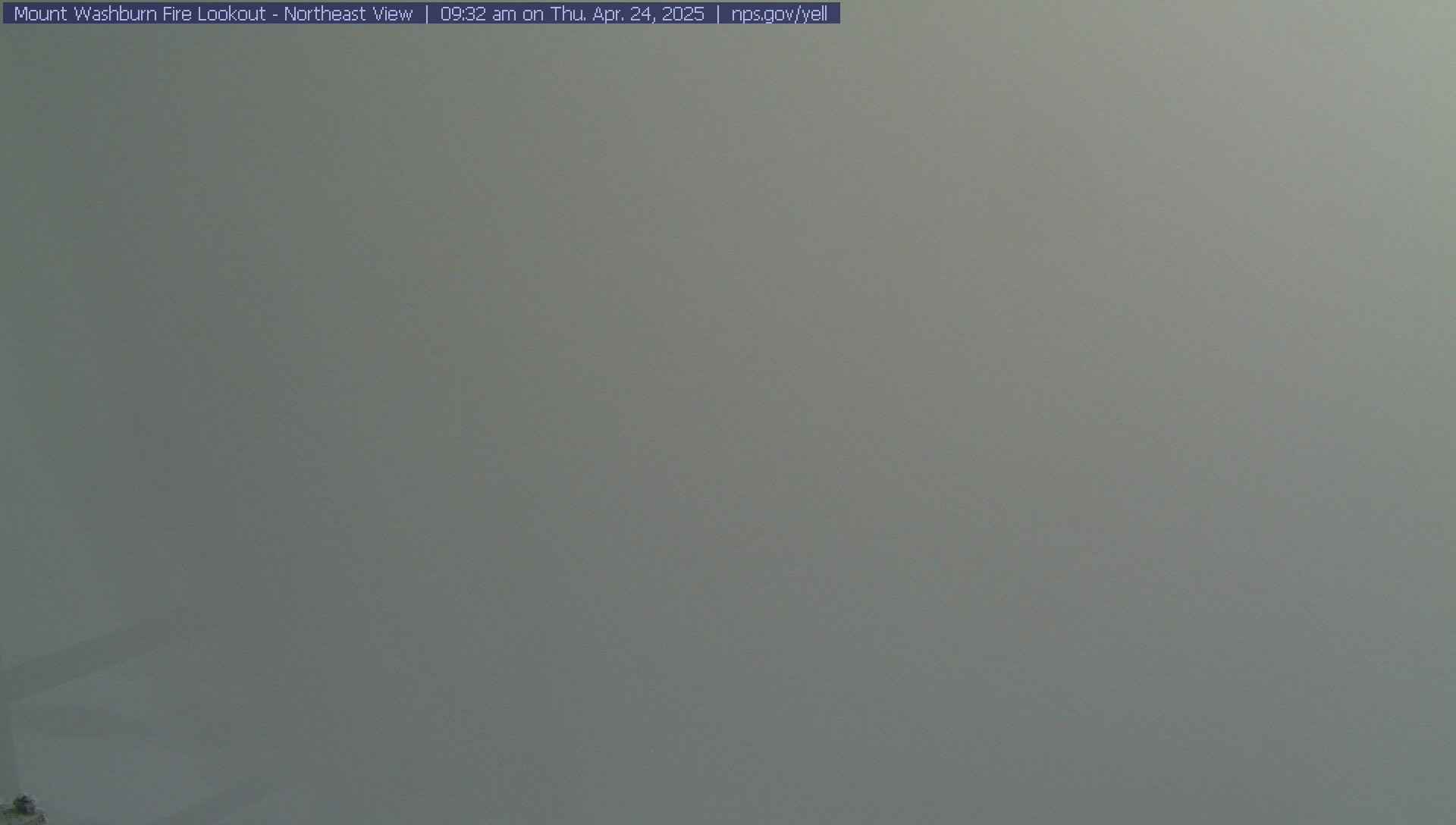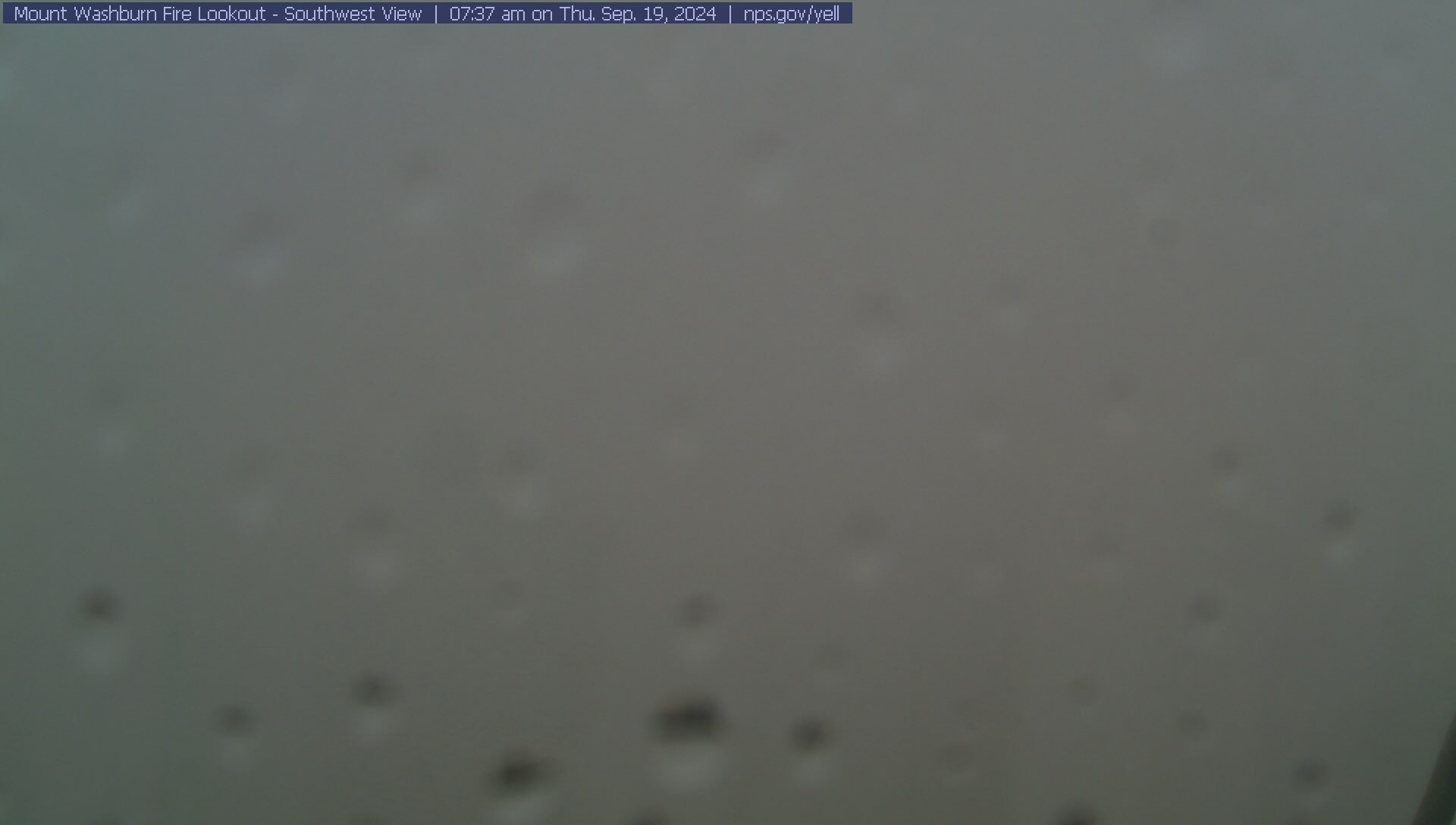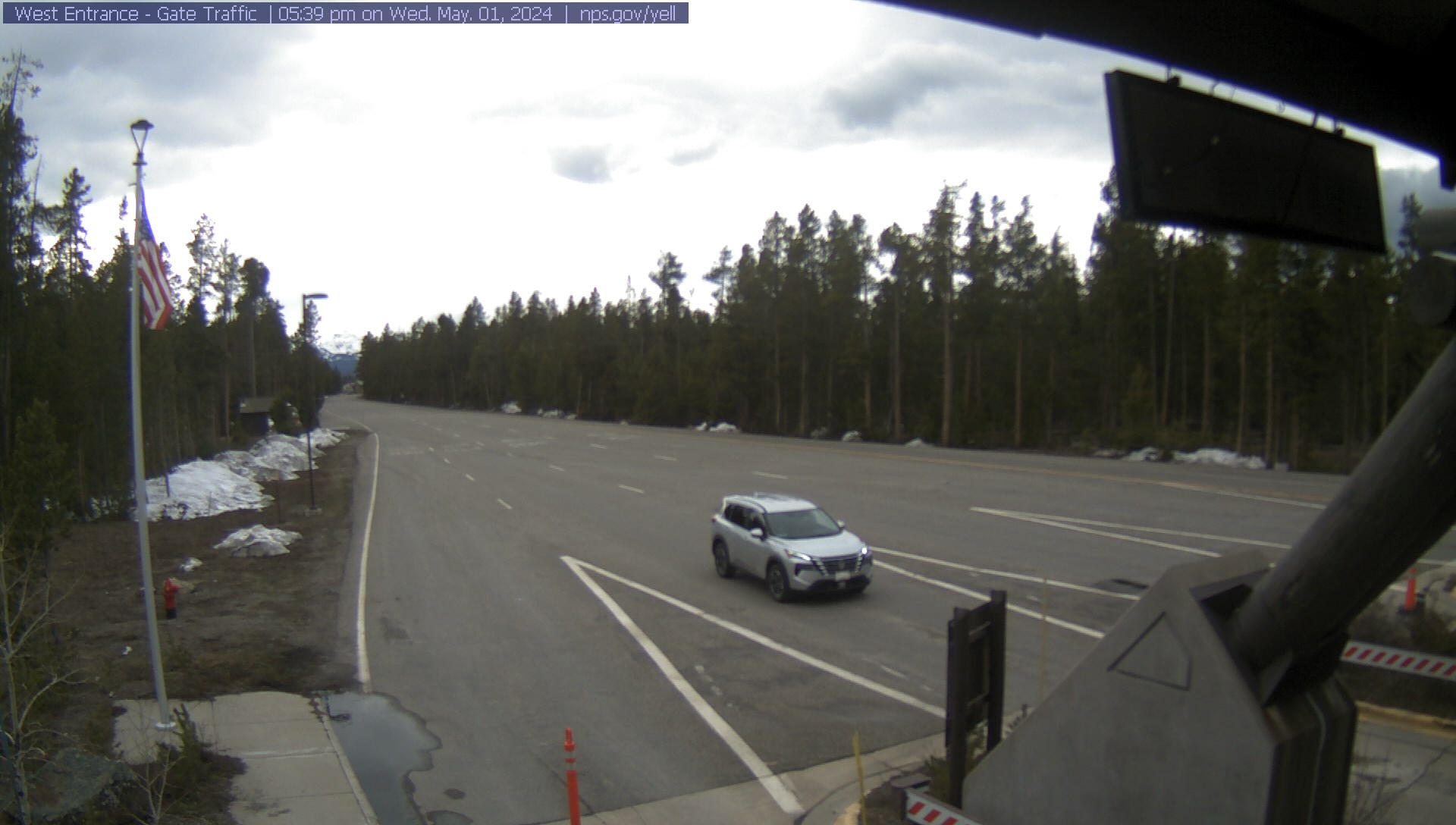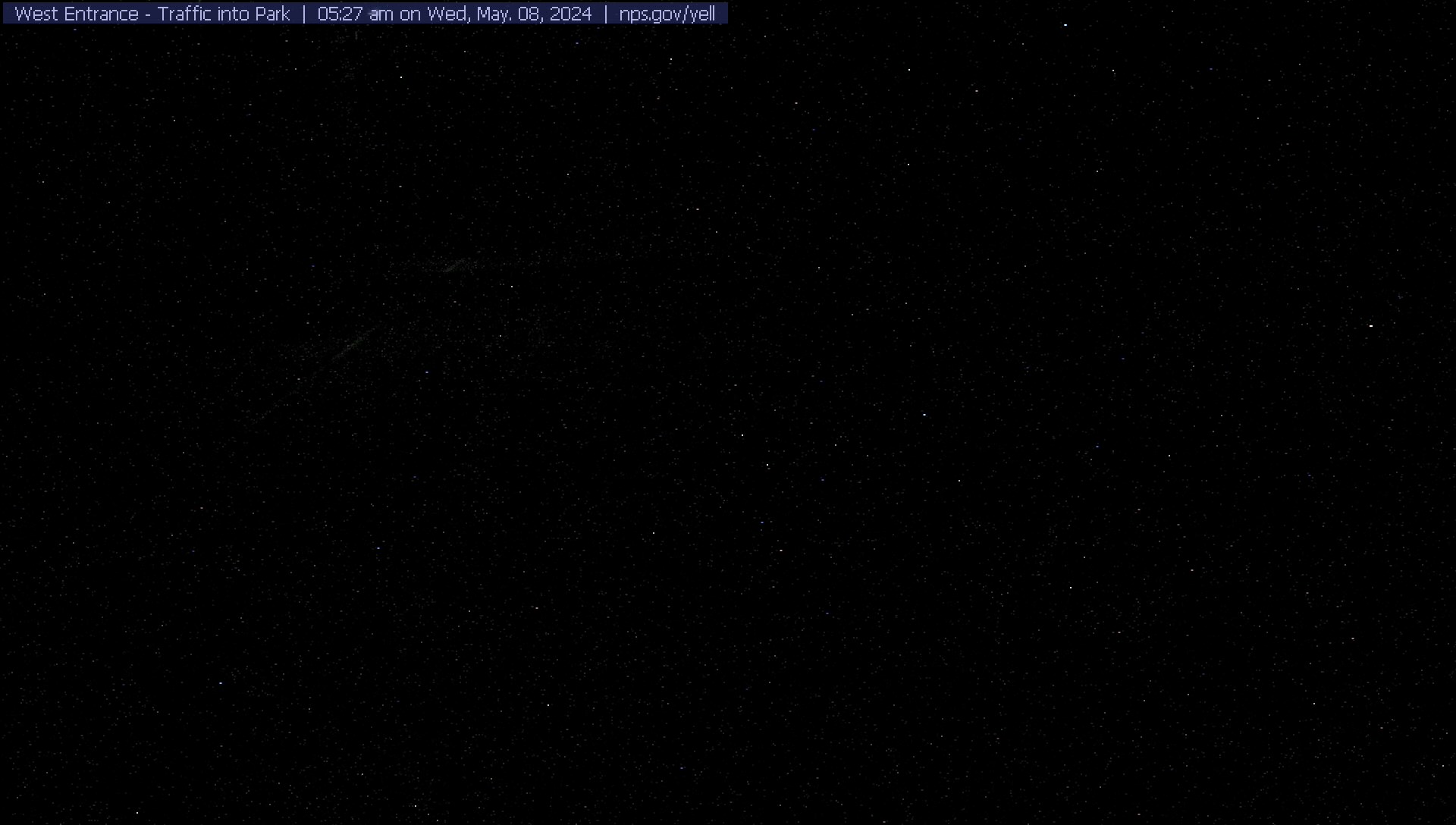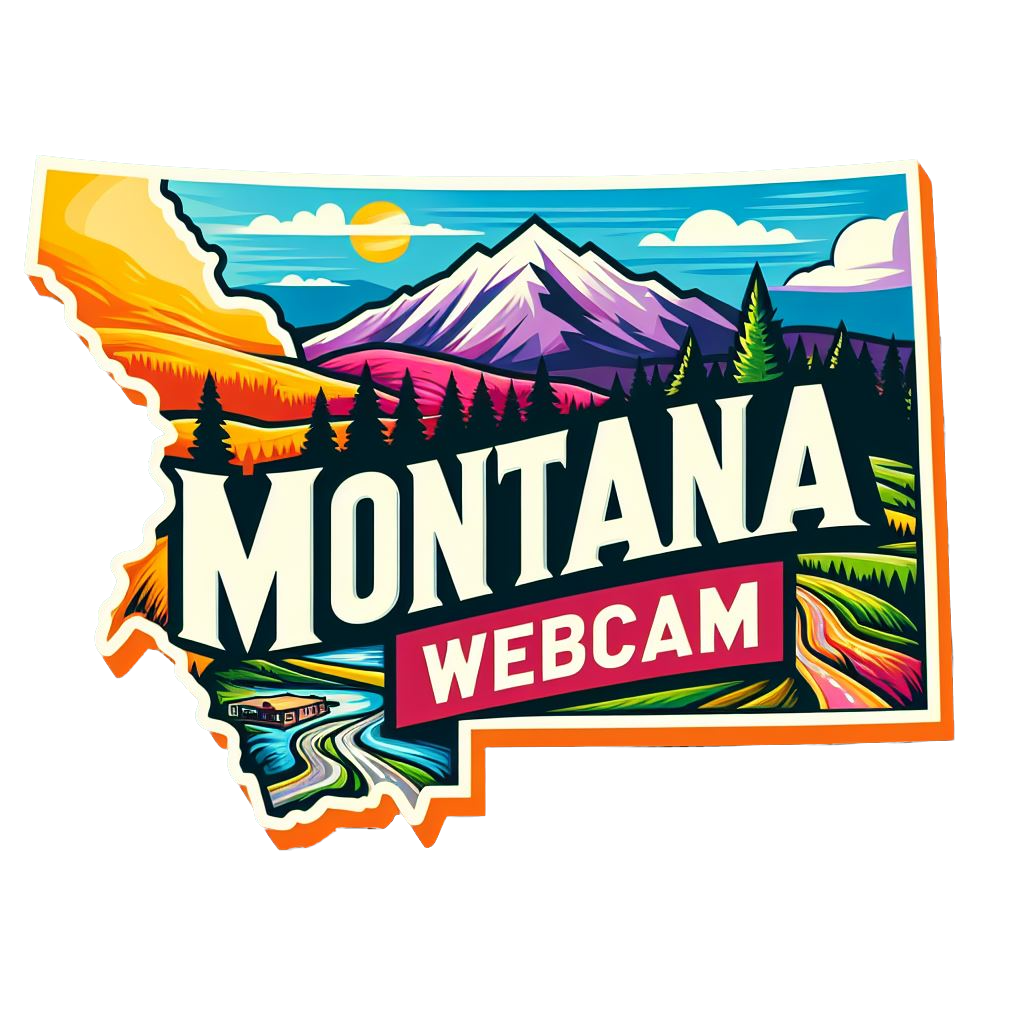Yellowstone National Park, MT Weather Cams. Nestled in the rugged wilderness of northwest Wyoming, with small portions extending into Idaho and Montana, Yellowstone National Park stands as a testament to the natural beauty and geological wonders of the American West. Established in 1872 as the world’s first national park, Yellowstone has captivated the imaginations of visitors from around the globe for over a century with its iconic geysers, majestic waterfalls, and abundant wildlife.
Indigenous Peoples and Exploration
Long before the arrival of European settlers, the region now encompassed by Yellowstone National Park was home to Indigenous peoples who had inhabited the area for thousands of years. Tribes such as the Shoshone, Crow, and Blackfeet roamed the vast wilderness of the Yellowstone Plateau, hunting bison, elk, and other game, and living in harmony with the land.
The first recorded exploration of the Yellowstone region by European Americans occurred in the early 19th century, as fur trappers and traders ventured into the area in search of beaver pelts and other valuable furs. These early explorers were awe-struck by the spectacular landscapes and geothermal features of the region, including the iconic geysers and hot springs that would later become synonymous with Yellowstone.
Expedition and Discovery
In 1869, the legendary explorer John Wesley Powell led the first official government expedition into the Yellowstone region, accompanied by a team of scientists, artists, and military personnel. The expedition’s reports and illustrations of the region’s unique geological features and stunning natural beauty captured the public’s imagination and sparked interest in preserving the area for future generations.
Two years later, in 1871, another government-sponsored expedition, led by geologist Ferdinand Hayden, further explored and documented the Yellowstone region, producing detailed maps, scientific surveys, and stunning photographs of the area’s geothermal wonders. Hayden’s expedition played a crucial role in convincing Congress to establish Yellowstone as the world’s first national park.
Establishment of Yellowstone National Park
On March 1, 1872, President Ulysses S. Grant signed into law the Yellowstone National Park Protection Act, officially establishing Yellowstone National Park as a federally protected area “for the benefit and enjoyment of the people.” The act set aside over 2.2 million acres of wilderness, including the majority of the Yellowstone Plateau and surrounding mountain ranges, as a public park and pleasuring ground.
The establishment of Yellowstone National Park marked a historic milestone in the conservation movement, setting a precedent for the preservation of natural and cultural resources for future generations. The park’s creation also laid the foundation for the national park system, inspiring the establishment of other protected areas across the United States and around the world.
Early Tourism and Development
In the decades following its establishment, Yellowstone National Park quickly became a popular destination for tourists and adventurers eager to explore its pristine wilderness and marvel at its natural wonders. Stagecoaches and steamships brought visitors from across the country to the park’s iconic attractions, including Old Faithful, Yellowstone Lake, and the Grand Canyon of the Yellowstone.
The development of roads, trails, and visitor facilities within the park made it more accessible to the public, while the establishment of hotels, lodges, and campsites provided accommodations for overnight visitors. Despite its remote location and rugged terrain, Yellowstone attracted thousands of visitors each year, drawn by the promise of adventure and discovery in the heart of the American West.
Conservation and Preservation
Throughout its history, Yellowstone National Park has been at the forefront of efforts to conserve and protect the natural and cultural resources of the American West. From the establishment of wildlife preserves and habitat restoration programs to the implementation of sustainable land management practices and environmental education initiatives, the park has been a leader in conservation stewardship and environmental advocacy.
In 1988, Yellowstone National Park was designated a UNESCO World Heritage Site, recognizing its outstanding universal value and significance to humanity. The park’s designation as a World Heritage Site has helped to raise awareness of its importance as a global treasure and to promote international cooperation in its conservation and management.
Modern-Day Yellowstone
Today, Yellowstone National Park remains one of the most visited and beloved national parks in the United States, attracting millions of visitors from around the world each year. The park’s iconic geothermal features, stunning landscapes, and abundant wildlife continue to inspire awe and wonder in visitors of all ages, while its pristine wilderness provides a refuge for rare and endangered species.
Despite the challenges of managing increased visitation, protecting fragile ecosystems, and mitigating the impacts of climate change, Yellowstone National Park remains committed to its mission of preserving and protecting the natural and cultural resources of the American West for future generations to enjoy. As stewards of this remarkable landscape, the National Park Service and its partners are dedicated to ensuring that Yellowstone continues to inspire, educate, and enrich the lives of visitors for centuries to come.
